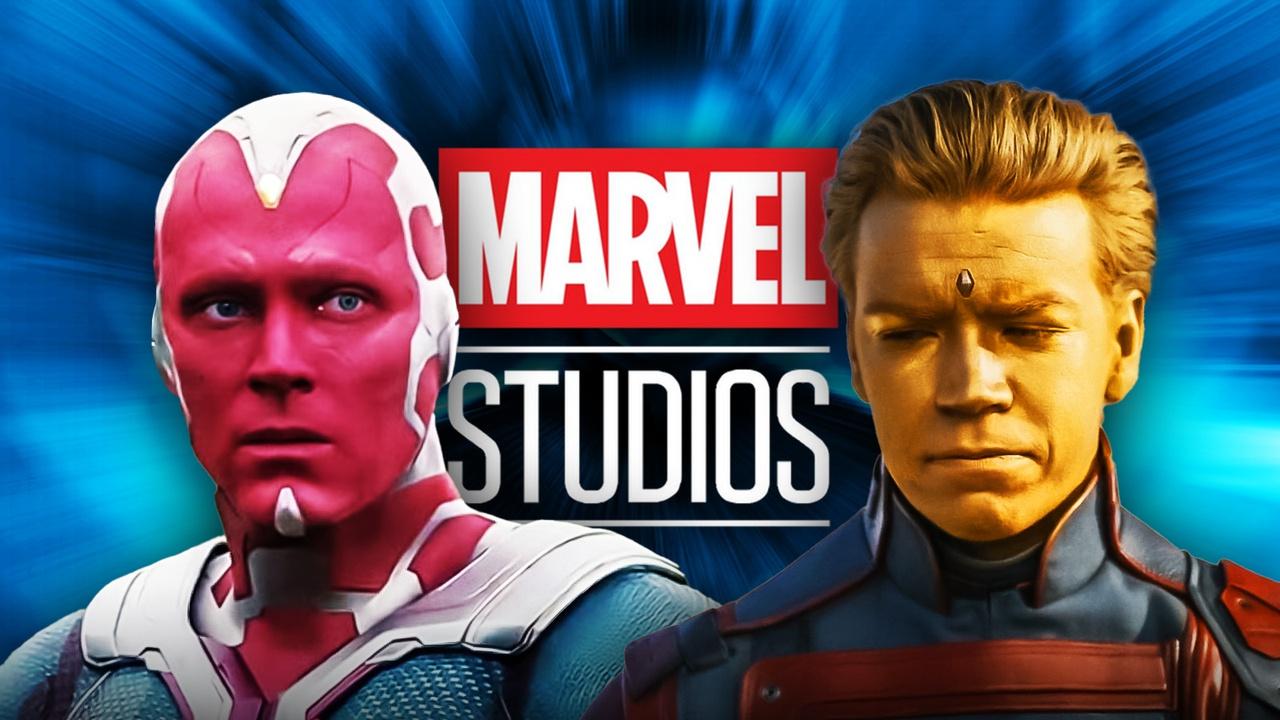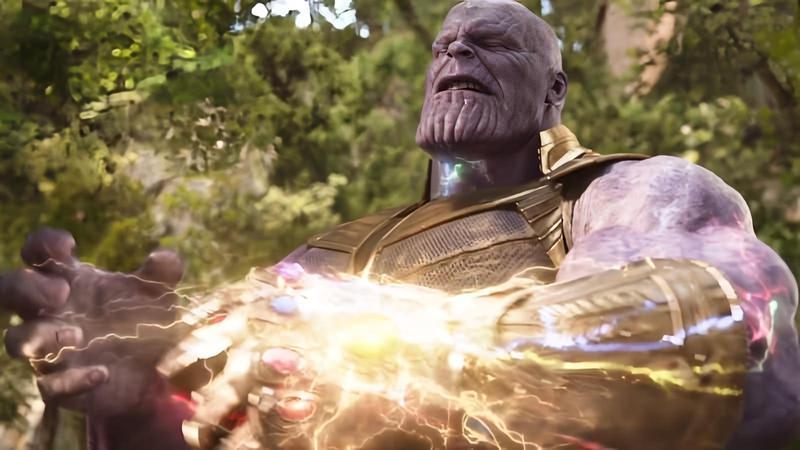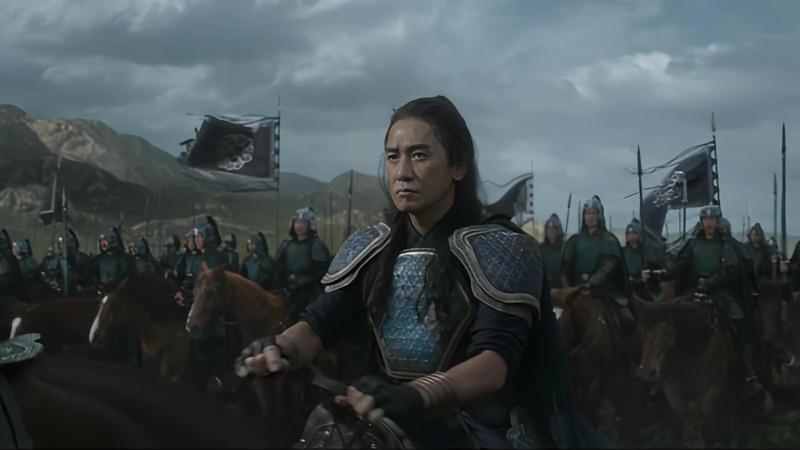
The Marvel Cinematic Universe has always rewarded viewers who pay attention. Across films and TV, casual references, background props, and mid-credits teases have quietly hinted at future payoffs. Those moments often function like narrative seeds: small, sometimes mysterious, but planted with intention.
Not every gag or prop mattered, though. Still, when Marvel commits to a long game, the payoff is enormous. Details as small as an object in Odin’s vault, a post-credits cocoon, or a stray organization have later grown into major plotlines that reshaped the franchise. That patient storytelling takes years to culminate, but when it does, the dopamine rush it gives fans is stupendous.
MCU Easter Eggs That Paid off Bigger Than Expected
The Infinity Gauntlet

First Appearance: Thor (2011)
Years to Payoff: Seven years (until Avengers: Infinity War in 2018)
The first hint of the cosmic threat that would define the entire Infinity Saga was a seemingly innocuous prop in a trophy room. In Thor, when the title character infiltrates Odin’s Vault in Asgard, a golden, bejeweled gauntlet can be clearly seen in the background. For eagle-eyed comic fans, this was an unmistakable nod to the Infinity Gauntlet, the most powerful weapon in the Marvel Universe.
For years, its presence was a curious anomaly, as the true nature of the Infinity Stones was only slowly being revealed. It was not until Avengers: Age of Ultron (2015), one of the most expensive MCU movies ever, that a different, empty gauntlet appeared in a post-credits scene on Thanos’s hand. This effectively signaled Thanos' active pursuit of the Stones and retconning the Asgardian version.
The retcon was finally explained in Thor: Ragnarok (2017), when Hela dismissively calls the original Asgardian Gauntlet a "fake," solidifying the one Thanos acquired as the real threat.
The true significance of this single golden glove, first glimpsed in 2011, exploded into the universe-altering plot of Avengers: Infinity War in 2018. There, it was revealed to have been forged by the dwarf Eitri on Nidavellir for Thanos to contain the power of all six Stones.
The Ten Rings

First Appearance: Iron Man (2008)
Years to Payoff: 13 years (until Shang-Chi and the Legend of the Ten Rings in 2021)
The terrorist organization responsible for capturing Tony Stark in the first MCU film, Iron Man (2008), was named the Ten Rings. At the time, it appeared to be a shadowy, decentralized paramilitary group operating in Afghanistan. The name was a direct reference to the supervillain The Mandarin from the comics, whom the organization was ostensibly working for.
The group continued to be a minor background threat in the Iron Man trilogy, most notably as the basis for a deceptive plot in Iron Man 3 (2013), which featured an actor posing as the legendary leader. The organization's narrative remained vague and tied to global terrorism for years.
The true, ancient, and mystical nature of the organization and its leader, Xu Wenwu, was held in reserve for over a decade. The one-shot All Hail the King (2014) briefly teased the real Mandarin’s existence and his displeasure with the imposter.
It was not until Shang-Chi and the Legend of the Ten Rings in 2021, a massive 13-year gap, that the organization’s founder, Wenwu, and the 10 powerful, millennia-old mystical weapons from which the group derived its name were properly introduced. This single film served as a comprehensive retcon and a spectacular payoff to a name and logo that had been floating around the MCU since its inception.
Samuel Sterns/The Leader

First Appearance (As Samuel Sterns): The Incredible Hulk (2008)
Years to Payoff: 16 years (until Captain America: Brave New World in 2025)
Samuel Sterns, a brilliant but ethically dubious cell biologist, was introduced in the second MCU film, The Incredible Hulk (2008). His role was to help Bruce Banner cure his Hulk condition. Instead, he became obsessed with Banner’s Gamma-irradiated blood, seeing it as a key to transcending human nature.
In the film’s climax, Sterns is accidentally contaminated with a massive dose of Banner’s blood, which seeps into a cut on his head. The final shot of the character shows his forehead swelling and his mind beginning to transform, signaling his comic book destiny as the super-intelligent villain, The Leader.
However, due to the complicated rights surrounding the Hulk property, this plot thread was abruptly dropped, and the character was not seen again in a major film. For over a decade and a half, the tantalizing setup was left dangling. It took a stunning 16 years for Sterns to be confirmed for a major return.
Captain America: Brave New World (2025) finally featured Samuel Sterns, played by the original actor, Tim Blake Nelson, as the master villain, The Leader. This completed one of the longest setup-to-payoff arcs in the MCU's history.
Adam Warlock’s Cocoon

First Appearance: Thor: The Dark World (2013)
Years to Payoff: 10 years (until Guardians of the Galaxy Vol. 3 in 2023)
Adam Warlock, a fan-favorite character with deep ties to the Infinity Stones in the comics, was first subtly hinted at in an unlikely location. In the mid-credits scene of Thor: The Dark World (2013), Lady Sif and Volstagg deliver the Reality Stone to the Collector. In the background of the Collector’s museum, an immense, distinctive cocoon is visible.
While director James Gunn later suggested (via CBR) that this specific cocoon was merely an early tease and not explicitly Adam Warlock’s personal cocoon, it was universally understood as the first cinematic reference to the powerful entity.
The official, direct setup began in the post-credits scene of Guardians of the Galaxy Vol. 2 (2017), where the Sovereign high priestess Ayesha is shown creating an artificially perfect being to destroy the Guardians, declaring she will name him Adam.
This confirmed the character’s impending arrival and officially superseded the earlier tease. Still, the full introduction of the character, portrayed by Will Poulter, would take another six years, finally paying off the decade-long promise with Adam Warlock’s full, albeit premature, birth and role in the plot of Guardians of the Galaxy Vol. 3 (2023).
The Vision’s Birth

First Appearance: The Avengers (2012)
Years to Payoff: Three years (until Avengers: Age of Ultron in 2015)
The Vision’s eventual creation was a multifaceted setup involving two distinct yet equally important Easter eggs. The first was the introduction of the Mind Stone, housed inside the Scepter wielded by Loki in The Avengers (2012). This powerful, glowing gem was not just a tool of hypnotism but a fundamental part of the cosmic threat to come. The second key component was JARVIS (Just A Rather Very Intelligent System), Tony Stark’s highly sophisticated artificial intelligence, who debuted in Iron Man.
For years, JARVIS served as Tony’s loyal operating system. The pieces finally came together in Avengers: Age of Ultron. Ultron, born from JARVIS's programming, attempts to upload his consciousness into a new, perfect, synthetic body made of Vibranium and powered by the Mind Stone.
In a desperate move to stop him, Tony Stark and Bruce Banner upload JARVIS’ core programming into the synthetic body. With a final jolt of lightning from Thor’s hammer, the three elements, the Mind Stone, the Vibranium body, and JARVIS’ consciousness, merged to create the sentient synthetic android, Vision.
This was a stunning and complex payoff, uniting two long-running elements to form one of the Avengers’ most powerful and philosophical members just three years after the Scepter was first introduced.
Geraldo Amartey is a writer at The Direct. He joined the team in 2025, bringing with him four years of experience covering entertainment news, pop culture, and fan-favorite franchises for sites like YEN, Briefly and Tuko.












